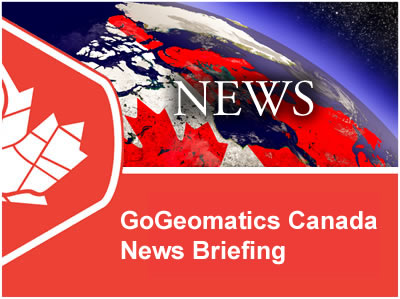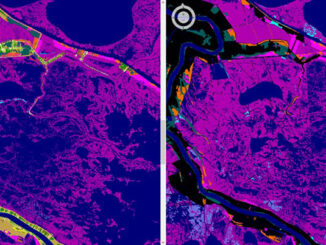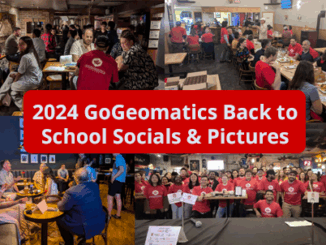
15 Teams Sign Up for 2020 UAS Competition
From May 1-3 2020, Southport Manitoba will host 15 university teams for the 12th annual USC-STC Student UAS competition. The challenge will be to design, operate and deliver medical supplies from a “clinic” to a variety of “remote communities”. We are looking forward to seeing the results of this competition.
2020 Student UAS Competition – 15 Teams Sign Up
GeoIgnite 2020
Planit Measuring – New Ways to Build Digital Twins
Kate Cheng, The VP of Business Development for Planit, sat with the Canada BIM Council to discuss the new developments of Planit Measuring, and where she sees the future of Planit.
Over the last few years, Kate mention that the MeasuringBoard used by the company, (“ a laser measuring tool was then connected to the tablet to create a digital input [that was then] modified [via] the CAD program for [a] more efficient on-site use”), is allowing them to develop a complete ‘as-built’ plan prior to even leaving the site. The development of this virtual design and construction technology is allowing the company to grow and expand with a variety of innovating and cutting-edge technology. Such technology includes, but is not limited to LiDAR and panoramic imaging.
In 2019, Kate shares that Planit increased in staff “in the use of engineering grade point cloud scanning and modeling technology for the AEC industry, [they] just added a Leica RTC360 laser point cloud scanner to [the] suite of field data collection tools”.
Planit is currently working with the University of Waterloo’s AI program in order to implement more solutions for transformation the point cloud data to a more consumable format based on machine learning. Kate states that “the human computer still has an integral role in the scan-to-BIM process. [They] want to capture these decisions and teach software to then make the same decisions and to transform the point cloud cluster into an actual digital object. The ultimate goal is to create a system to scan and create real-time BIM with computers performing the recognition and creation of digital models as the technician or device moves through the space”.
There are many aspects of this technology that will help the AECOO industry as well as impact its future. The constate growth, change and testing Planit brings to the table will certainly aid to clients during this era of innovation.
Planit Measuring – constantly testing and proving new ways to build and leverage digital twins
Google’s “Smart City” in Toronto
Earlier this year, Sidewalk Labs released a 1500 pages document stating the plans for Toronto as a smart city. Since the release of that document, a Sidewalk Labs document from 2016 was leaked to the public and gave readers insight on the original vision. Some of the surprises from that document included;
To learn more about the leaked document, click here.

Despite the many concerns from the public, more specifically regarding potential privacy issues, the project is moving ahead. Waterfront Toronto is now taking control of the aspect of digital governance and privacy matters. It will be interesting to follow the developments as the project comes to fruition.




Be the first to comment